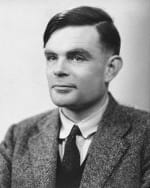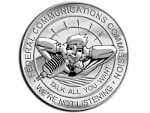On Computable Numbers
Written by the mathematician Alan Turing and published in 1936, this paper demonstrates that there are problems to which no mechanically computable solution exists by detailing the design of a theoretical digital computer. German mathematician David Hilbert theorized in 1928 that all math problems could be solved and that a…


